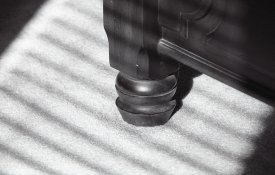This is an experiment trying to learn and use Ralph Gibson method of over exposing and over developing Tri-X.
I just shot a roll of Tri-X 400/ Arista Premium at ISO 200. That is a one stop overexposure.
Now to over develop it should I use a time for ISO 800 which would be a 1 stop overexposure from normal ISO 400?
I just shot a roll of Tri-X 400/ Arista Premium at ISO 200. That is a one stop overexposure.
Now to over develop it should I use a time for ISO 800 which would be a 1 stop overexposure from normal ISO 400?





